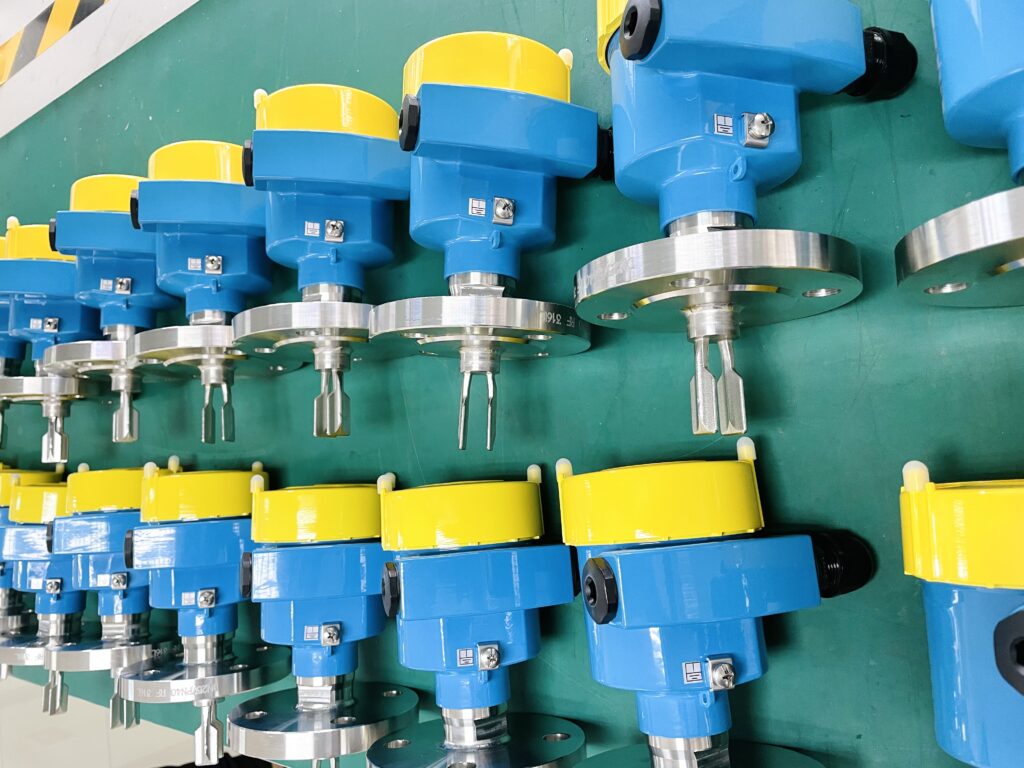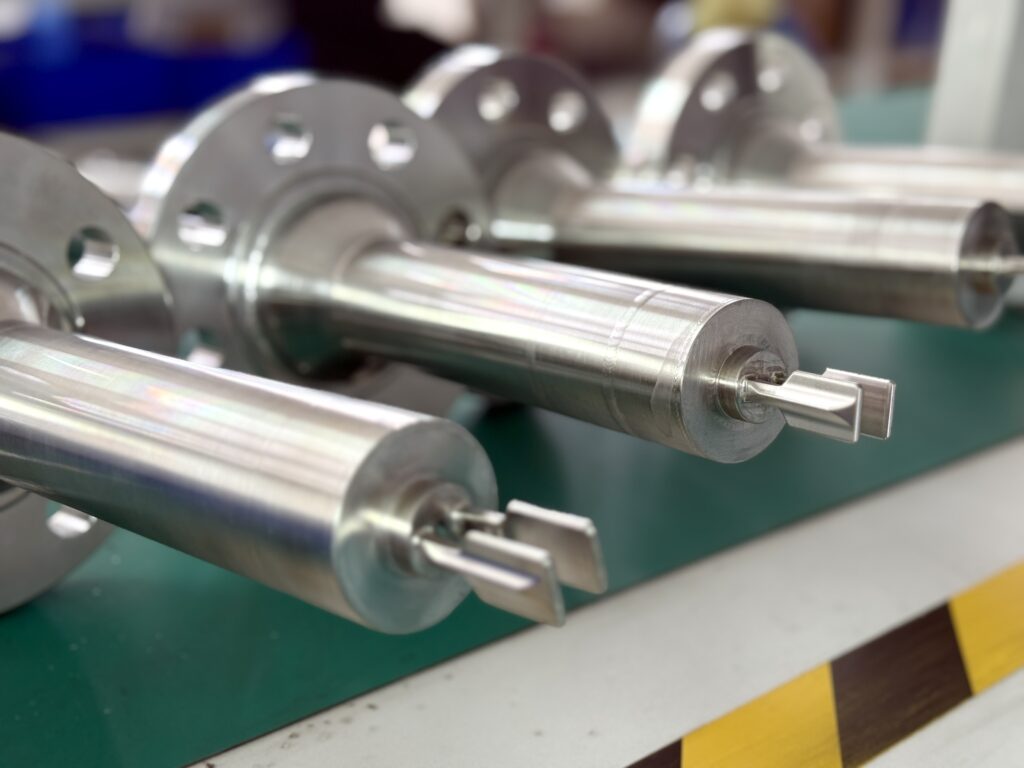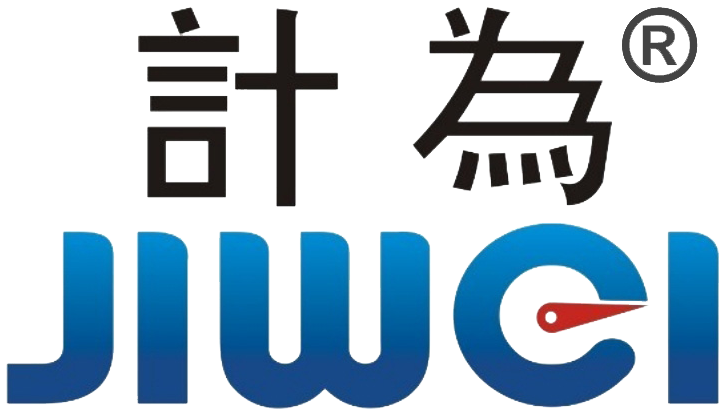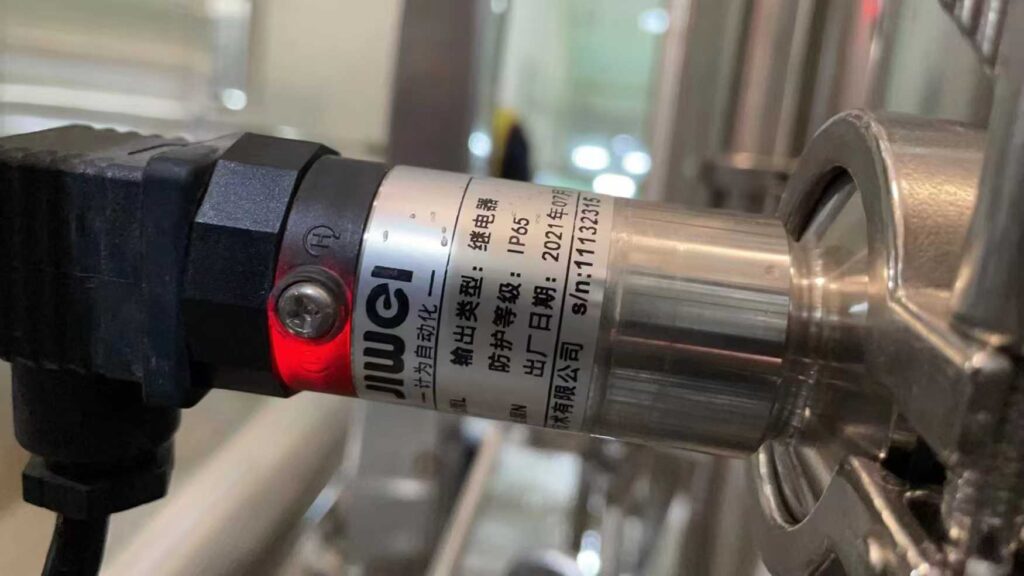Liquid Level Sensor: Principles, Installation, and Industrial Application
Liquid Level Sensor: Principles, Installation, and Industrial Application
As liquid level measurement technology continues to evolve, the liquid level sensor—formerly known for its tuning fork design—has become a preferred solution for many industries due to its high stability, adaptability, and low maintenance. This article explores its physical principles and structure, while also highlighting its potential in smart manufacturing and IIoT-driven environments.
1. What Is a Liquid Level Sensor? — Understanding Level Detection Through Vibration
A liquid level sensor is a contact-based level measurement device that relies on its natural resonant frequency. It uses a vibrating metallic probe to detect contact with a medium. When the sensor is in free air, it vibrates at a preset frequency. Upon contacting a liquid, the damping effect or added mass causes a change in frequency, triggering a signal output.
Key Operating Principle Summary:
| State | Description |
|---|---|
| Free vibration | No contact with liquid, stable oscillation |
| Contact with liquid | Vibration is dampened, frequency drops |
| Signal output | Frequency shift is detected and processed |
2. Why Liquid Level Sensors Perform Well in Harsh Conditions
Traditional level sensors often struggle with foam, viscous liquids, or environmental interference. In contrast, liquid level sensors provide superior performance in several key areas:
1. Resistant to Foam and Viscous Fluids
Ideal for applications involving syrup, lubricants, sauces, etc. Even with bubbles or impurities, the sensor provides accurate detection.
2. Maintenance-Free Design
With no moving parts, the sensor ensures long-term stability and durability, reducing operational downtime and maintenance costs.
3. Broad Industrial Compatibility
From nuclear plant monitoring to corrosive environments like acid tanks, the sensor is highly adaptable through material upgrades such as Hastelloy.

3. Beyond Alarms: Liquid Level Sensors in Smart Control Systems
In modern smart factories, these sensors act as intelligent triggers rather than simple alarm devices. They fulfill the following roles:
| Application Scenario | Trigger Logic | Outcome |
|---|---|---|
| High-level protection | Level reaches max → Signal → Close valve | Prevent overflow, protect equipment |
| Low-level refilling | Level drops below threshold → Signal → Pump starts | Prevent dry run, ensure continuous operation |
| Empty tank alert | No contact → Signal → System alert | Prompt operator action to avoid downtime |
| IIoT integration | Continuous monitoring → Data upload → Cloud analysis | Enable remote monitoring and predictive maintenance |
Additional Advantages:
- Supports HART, Profibus, ModbusRTU, and other protocols
- Certified for SIL2/3 functional safety applications
4. Key Technical Parameters Influencing Performance

To ensure long-term reliability, it’s essential to understand the physical meaning of core parameters:
| Parameter | Explanation / Recommendations |
|---|---|
| Natural frequency | Typical: 1200 Hz. Higher frequency = higher sensitivity |
| Probe material | Choose from 316L, Hastelloy, or PTFE for harsh media |
| Temperature/Pressure | –50°C to +400°C, up to 64 bar; special models for extreme conditions |
| Mounting options | Flange, threaded, or sanitary clamp to ensure robust installation |
| Response time | < 0.5s; suitable for fast-changing level applications |
5. Top 5 Golden Rules for Proper Installation
“90% of measurement errors are caused by improper installation.”
- Avoid placing near agitators or inlet points to prevent false triggers
- Ensure the probe is fully immersed at the target level
- Install at least 10 cm above sediment-prone areas
- Separate power and signal wiring to prevent EMI
- Test response every 6–12 months to ensure proper vibration
6. Incompatible Conditions and Solutions
| Avoid This Condition | Why It’s a Problem | Solution or Alternative |
|---|---|---|
| Strong corrosive media | 316L corrodes easily → possible probe failure | Use Hastelloy, titanium, or full PTFE-coated probes |
| High temp / pressure | May damage electronics | Use high-temp/high-pressure versions with insulation |
| Solidifying materials (e.g., wax) | Coating dampens signal | Add heat tracing or use radar level sensor |
| Hard-to-access areas (e.g., deep wells) | Maintenance difficult | Use remote diagnostics or plug-in portable probes |
7. Conclusion: Small Sensor, Big Impact on Industrial Intelligence
The success of liquid level sensors proves that “simple structure ≠ simple function.” These sensors lower the barrier to industrial automation while ensuring reliability under complex conditions. As IIoT and smart manufacturing evolve, liquid level sensors are transitioning from field instruments to intelligent sensing nodes—integrating into broader digital ecosystems across industries.


